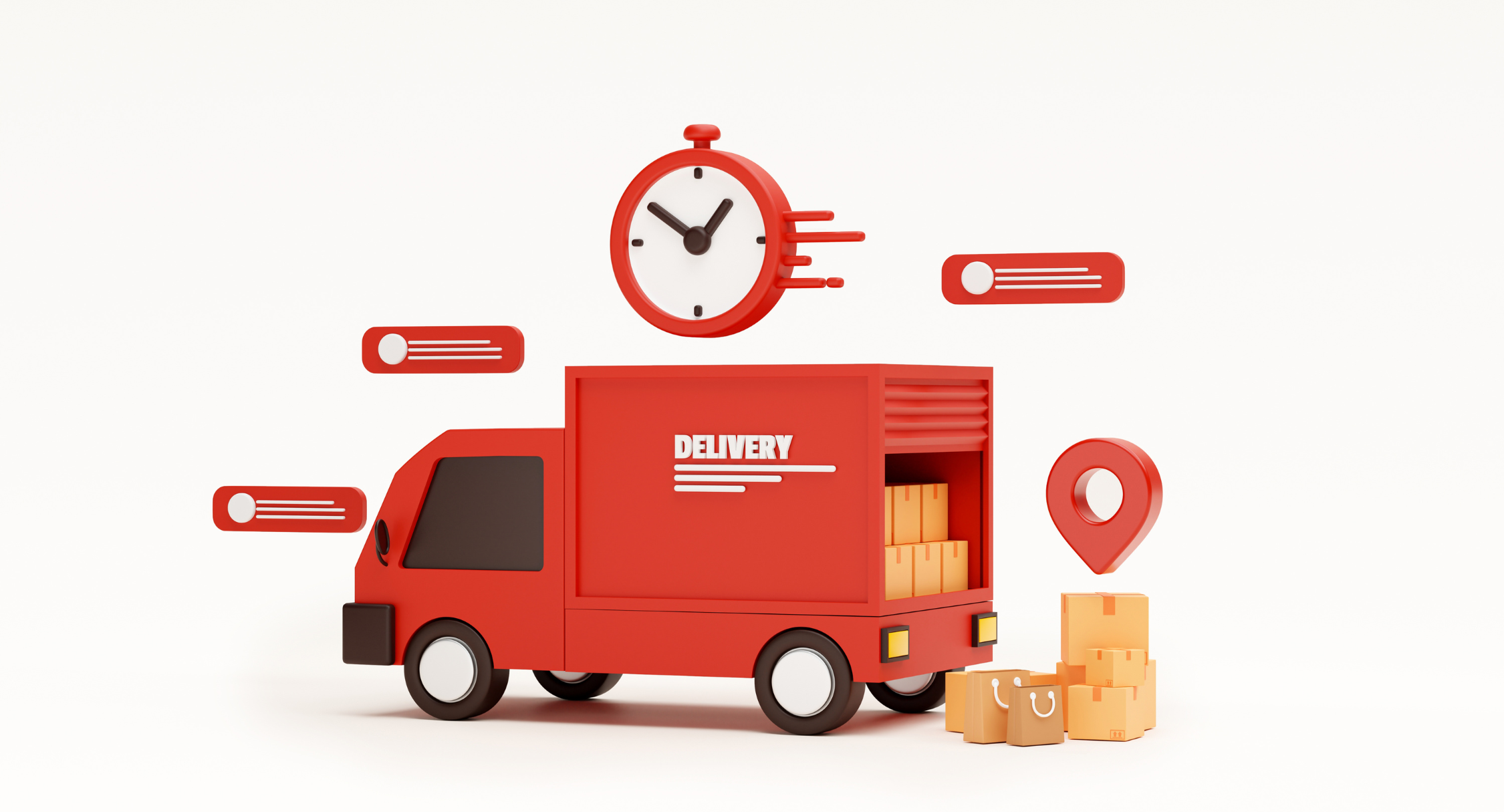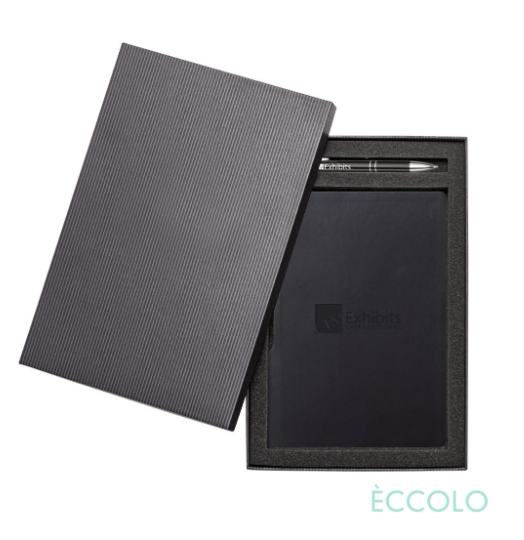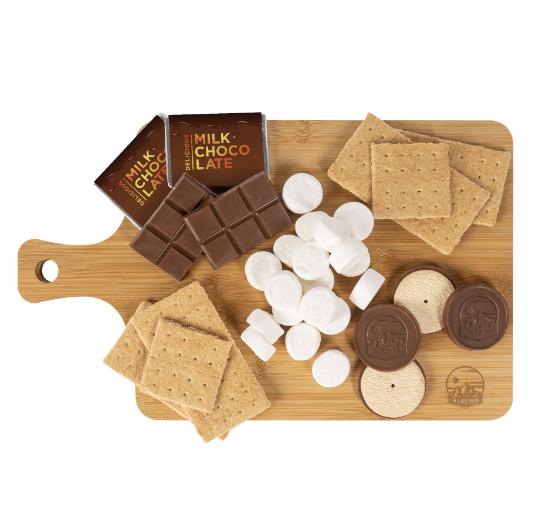Businesses have an array of tools at their disposal to reach and engage with their target audience. Two of the most powerful and effective methods are direct mail and email marketing. While each has its unique strengths and weaknesses, the combination of both can create a strong omnichannel marketing strategy that maximizes reach, engagement, and conversion rates.
What is Direct Mail Marketing?
Direct mail marketing is a traditional marketing strategy that involves sending physical promotional materials directly to a targeted group of recipients via postal mail. These materials can include direct mail postcards, brochures, catalogs, letters, flyers, and other printed items. They are designed to capture the recipient's attention and encourage them to take a specific action, such as visiting a website, redeeming a coupon, or making a purchase. Despite the digital shift in marketing, direct mail continues to be an effective tool for reaching consumers, especially when combined with digital marketing strategies.
Pros of Direct Mail Marketing
Tangibility: Direct mail marketing is something you can hold in your hands, like a postcard or a brochure. When you touch and feel it, it makes a stronger impression on you compared to just seeing something on a screen. This makes people more likely to read and remember what they receive in the mail.
High Visibility: Unlike social ads that can get lost in your crowded feed, direct mail goes straight to your mailbox at home. You're more likely to notice it and take a look, simply because it's physically there.
Personalization: With new printing technology, direct mail can be personalized just for you. This means it can include things that match your interests or past purchases, making it more relevant and interesting. When something feels like it's made just for you, you're more likely to pay attention to it.
Trustworthiness: Physical mail feels more trustworthy than emails that might be scams or fake. When you hold a piece of mail, you know it's real and meant specifically for you. This makes people feel more secure and willing to consider what it says.
What is Email Marketing?
Email marketing is a digital marketing strategy that involves sending targeted emails to a group of recipients with the goal of promoting products, services, or content, nurturing relationships, and driving conversions. It allows businesses to communicate directly with their audience through their inbox, providing timely and relevant information, offers, and updates.
Pros of Email Marketing
Cost-Effective: Email marketing is affordable for businesses of any size. Unlike traditional mailings that require printing and postage costs, sending emails involves minimal expenses. This makes it accessible even for small businesses with limited budgets.
Speed: Emails can be delivered almost instantly to thousands of people worldwide. This rapid delivery allows businesses to communicate time-sensitive information, promotions, or updates swiftly, enhancing responsiveness and customer engagement.
Measurable Results: Email marketing platforms provide detailed analytics that show how many people open your emails, click on links, and take action. These insights allow businesses to measure the success of their campaigns accurately and make data-driven decisions to improve future marketing efforts.
Automation: Email marketing allows for automation, meaning emails can be scheduled and sent automatically based on triggers like a subscriber joining a list, making a purchase, or abandoning a cart. This automation saves time and ensures that subscribers receive relevant communications at the right moment, increasing the likelihood of conversions and customer retention.
Integrating Direct Mail and Email Marketing
Combining direct mail and email marketing offers a synergistic approach that capitalizes on the unique strengths of each channel. This leads to a more effective and comprehensive marketing strategy. While direct mail provides a tangible, high-visibility touchpoint that recipients can physically interact with, email marketing offers a cost-effective, immediate way to reach a large audience with detailed analytics. When used together, these channels can create a multi-touchpoint experience that keeps your brand top-of-mind, engages different segments of your audience, and drives higher response rates.
For instance, a direct mail piece can introduce a new product or offer, creating initial awareness and interest. A follow-up email can then reinforce this message, provide additional information, and include a call-to-action that is easily clickable, leading to higher conversions. This combination allows businesses to reach people who might ignore one channel but respond to the other, effectively broadening the campaign's reach.
Additionally, the physical presence of direct mail can cut through the digital noise, while the data from email campaigns can be used to track engagement and refine targeting. By integrating direct mail and email marketing, businesses can create a cohesive and powerful omnichannel strategy. Leverage the immediacy and measurability of digital marketing with the impact and trustworthiness of physical mail. Thus ultimately leads to improved marketing outcomes and a higher return on investment compared to using either channel alone.
Ways to Integrate Both Marketing Channels
Here are several strategies to seamlessly integrate these two channels:
Consistent Messaging: Ensure that your messaging across both direct mail and email campaigns is aligned and consistent. This reinforces your brand identity and message, making your communication more cohesive and memorable for recipients.
Cross-Promotion: Use each channel to promote the other. For example, include a call-to-action in your direct mail piece encouraging recipients to visit your website and sign up for exclusive email offers. Conversely, include mentions of upcoming direct mail campaigns or special promotions in your email newsletters to generate anticipation and engagement.
Personalized URLs (PURLs): Include personalized URLs in your direct mail pieces that lead recipients to personalized landing pages. Use email to follow up with recipients who received the direct mail piece, reminding them to visit their personalized URL for exclusive content or offers.
Triggered Email Follow-Ups: Automate email follow-ups based on actions taken by recipients in response to direct mail. For instance, send a follow-up email after a direct mail piece is delivered, reminding recipients of an upcoming deadline or providing additional information related to the mailed offer.
Segmentation and Targeting: Use data from both channels to segment your audience and deliver more targeted messages. For example, use purchase history data from email campaigns to inform the content of direct mail pieces, ensuring they are relevant and appealing to specific customer segments.
Timing Coordination: Coordinate the timing of your direct mail and email campaigns to create a cohesive and integrated customer experience. For instance, send a direct mail piece announcing a new product launch, followed by an email a few days later with more details and a special offer.
Feedback Loop: Use direct mail to solicit feedback from customers and encourage them to provide reviews or testimonials. Use positive feedback received via direct mail in email campaigns to build credibility and trust with your email subscribers.
Multi-Channel Offers: Create exclusive offers or discounts that can only be redeemed through a combination of direct mail and email. For example, send a direct mail coupon that requires recipients to enter a unique code received via email to activate the offer.
Data Integration: Integrate data from both channels into a unified customer database or CRM system. This allows you to track customer interactions and behaviors across channels, gaining deeper insights into their preferences and improving future campaign targeting and personalization efforts.
Analytics and Optimization: Use analytics from both channels to measure the effectiveness of your integrated campaigns. Analyze metrics such as response rates, conversion rates, and ROI to identify which strategies are most successful and optimize future campaigns accordingly.
Ensuring Consistent Reach
I’m sure you are wondering… well, how does the email and direct mail piece reach the same audience? To ensure that your marketing efforts reach the same recipients, follow these straightforward steps:
Maintain a Clean Customer Database: Keep a centralized database that includes accurate contact information for your customers. This database should include mailing addresses for direct mail and email addresses for email marketing.
Sync Data Regularly: Regularly update and sync your customer database to ensure that mailing addresses and email addresses are current and accurate. This helps prevent sending duplicate or outdated information.
Use Integrated Marketing Software: Use marketing software that allows you to manage both direct mail and email campaigns from the same platform. These tools often have features to synchronize customer data and coordinate campaign delivery.
Coordinate Campaign Timing: Plan your direct mail and email campaigns to be sent out around the same time. This helps create a cohesive customer experience and ensures that recipients receive complementary messages across both channels.
Segment Your Audience: Segment your customer database based on preferences, behaviors, or demographics. This allows you to tailor your messaging for each segment and ensure that recipients receive relevant content through both direct mail and email.
Track Responses and Interactions: Use tracking tools to monitor how recipients engage with your direct mail and email campaigns. This data helps you understand which channels and messages are most effective, allowing you to optimize future campaigns.
By following these steps, businesses can effectively coordinate and ensure that their direct mail and email marketing pieces reach the same recipients, maximizing the impact of their integrated marketing efforts.
Case Study 1 - Our Client Story
A mid-sized clothing company wanted to boost sales for its new product line. We helped them integrate direct mail and email marketing for their campaign. First, we sent out beautifully designed direct mail pieces to their top 1,000 customers, each with a personalized URL leading to a customized landing page with a special discount. A week later, we sent a follow-up email using mailchimp to the same recipients, reminding them of the discount and encouraging them to visit their personalized landing page.
The results were impressive. The direct mail pieces had a response rate of 8%, and the follow-up emails had a 45% open rate and a 20% click-through rate. Overall, the campaign generated a 12% increase in sales for the new product line, demonstrating the power of combining direct mail and email marketing.
Case Study 2 - Our Client Story
In 2024, a regional fitness chain came to us with the hopes to boost membership renewals and attract new sign-ups. We suggested a comprehensive marketing campaign that integrated both direct mail and email strategies for them to achieve their goals. The campaign began with a personalized direct mail piece sent to existing members whose memberships were due for renewal. Each mailer included a personalized offer based on the member's past usage patterns and preferences, encouraging them to renew with a special discount or bonus incentive.
Following the direct mail campaign, we launched a series of targeted email follow-ups. These emails reinforced the renewal offer, provided testimonials from satisfied members, and highlighted upcoming fitness classes and events. Each email included a clear call-to-action directing recipients to a dedicated landing page where they could easily renew their membership online or schedule a consultation.
The results of the campaign were highly successful. The direct mail piece achieved a response rate of 12%, with a significant portion of recipients opting to renew their memberships or inquire about upgrading to higher-tier packages. The email follow-ups further boosted engagement, with open rates averaging 30% and click-through rates exceeding industry benchmarks.
Benefits of an Omnichannel Campaign
Increased Reach: Combining both channels ensures that you reach a wider audience, as some people prefer physical mail while others respond better to email.
Higher Engagement: Multiple touchpoints keep your brand top-of-mind and increase the chances of engagement.
Improved Conversion Rates: The combination of direct mail and email can lead to higher conversion rates, as you are engaging recipients through different mediums.
Comprehensive Analytics: By integrating both channels, you can gather more comprehensive data on your campaign’s effectiveness, helping you refine your strategies for future campaigns.
In today’s competitive marketing landscape, relying on a single channel is not enough. Both direct mail and email marketing have their unique strengths and can be incredibly effective when used together. An omnichannel approach that leverages both direct mail and email can enhance your reach, engagement, and conversion rates, ultimately leading to greater success. By integrating these two powerful tools, businesses can create a seamless and comprehensive marketing strategy that resonates with their audience and drives results.






























































































































